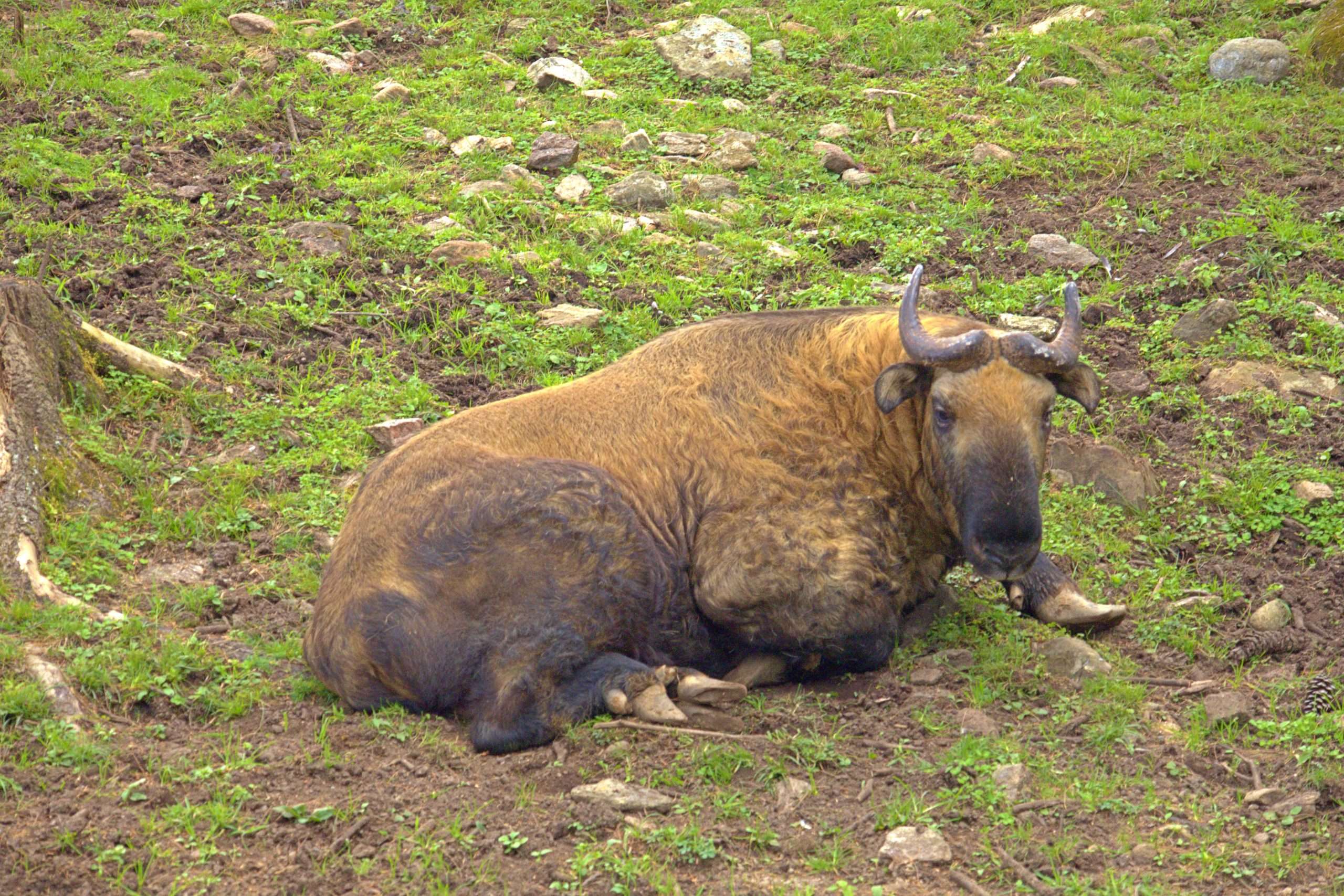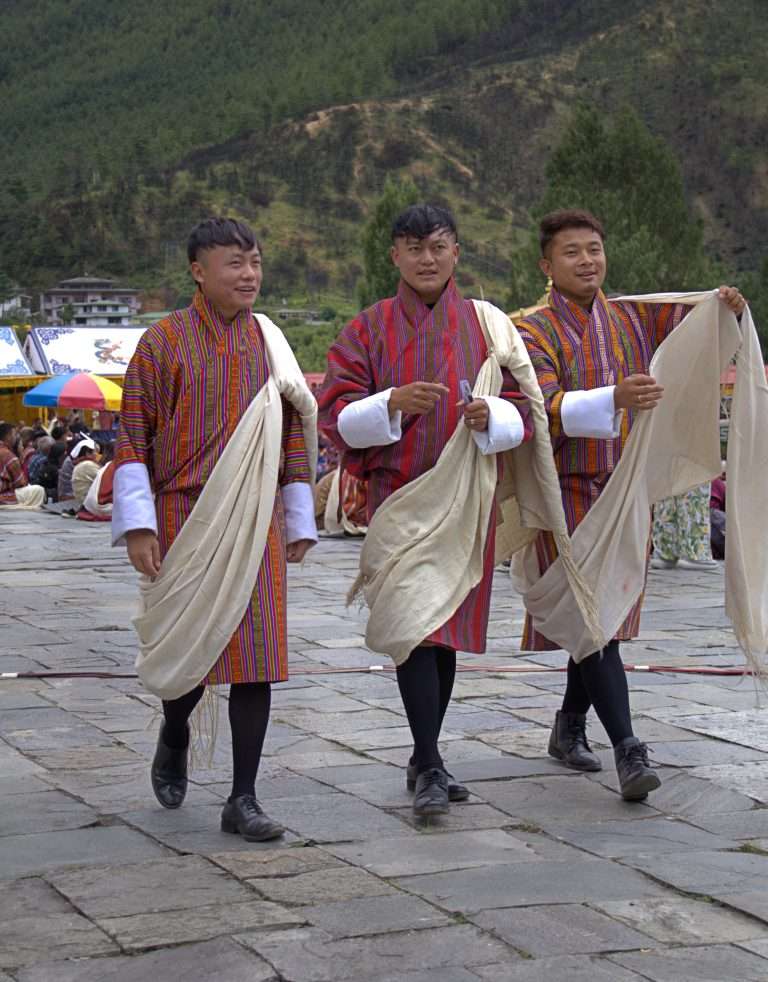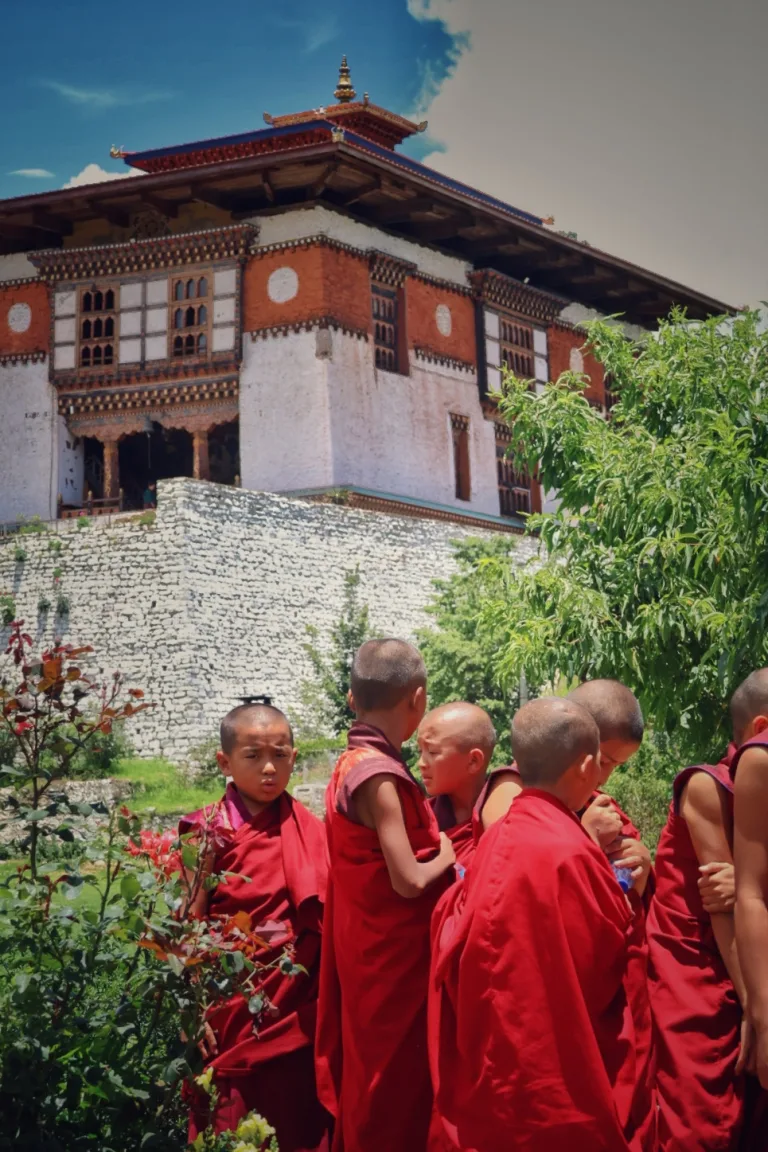EXCELLENTVerified Beautiful Bhutan Great experience! Fast and responsive communication right from the first WhatsApp message. Visa was sorted very smoothly and everything worked out as planned. I had a very kind and respectful tour guide (Lhazin Dorji) and a reliable driver who ensured a memorable stay. I really enjoyed my short stay in the land of the thunder dragon.Verified Bhutan Tour OMSHA Travel I had wonderful experience during our tour in Bhutan with OMSHA travel, our tour guide Tashi Tenzin and driver Sun-Zu were exemplerary, very friendly and accommodating in our tour. They guide us in every tourist spots we go and make sure we are safe, and enjoy every moment during our tour. One of the best tour guide and driver I've had. I will highly recommend them wheh you visit Bhutan. I will give them ⭐️⭐️⭐️⭐️Verified Extraordinary! ❤️ The experience is superb! Plus having one of the bests tour guides- nothing can be asked for! It wasn’t an awkward experience day by day, I get or rather we felt comfortable with them. Total happiness and very good experience..🫶🏻 we were taken cared well by Tashi Tenzin and Sanju!Kudos to them! It was also a hassle free experience and no hints of no can be given to the services provided! It was seamless even though our flight was delayed..Really this country has a lot to offer so the only regret is not having more days to stay and explore more..❤️👍🏻👏🏻All the bestVerified Eyeopening Experience We booked our Bhutan trip with OMSHA Travel and couldn’t be happier with the experience. We entered Bhutan via the India–Bhutan land border and OMSHA arranged everything seamlessly from the airport pickup in India to ensuring our safe entry into Bhutan. As two young ladies traveling together we truly appreciated the sense of security and care they provided throughout.Our 4D3N itinerary was packed and while we enjoyed every moment I would recommend staying longer if possible. Bhutan has so much to offer and travel time between destinations can take up a fair portion of the day. Sharing a general idea of what you would like to see beforehand also helps OMSHA customize the trip perfectly.A highlight was definitely the Tiger’s Nest Monastery. The hike is breathtaking but also steep and challenging so being reasonably fit is important to fully experience it.Overall OMSHA Travel made our Bhutan journey smooth, safe and unforgettable. Their attention to detail and hospitality left us with lasting memories. Highly recommended.Verified Good Experience With Sonam and Sunzu We found Omsha Travel as we were sourcing how to get from India to Bhutan overland and his website was very informative. He was also very quick with his replies on Whatsapp which we appreciated a lot. We had a 4D3N tour in Bhutan and the tour was very flexible and customisable, allowing us to choose wherever we wanted to go. Our guide and driver was Sonam and Sunzu (Soju) who were so friendly and we hit it off so well~ they treated us like friends and the conversations with them made us learnt so much about Bhutan. Sonam is very knowledgable with all the history and Sunzu drives very smoothly. Also, the hotels were top notch with very good views👍 We enjoyed the stay and could rest properly after a long day.If I could change anything about the trip, I would stay for more days to fully appreciate the beauty of Bhutan.Verified A smooth trip The tour was well organised and went smoothly. Appreciate the flexibility of the arrangements in taking into account our energy levels. The guide Sonam was fun and engaging, giving us many stories on Bhutanese culture. The drive was smooth too, thanks to our driver Tewang. All in all, a great trip.Verified Adventure, culture and a personalised tour of beautiful Bhutan Wondering how to put into words the experience we’ve had these past 6 days. Bhutan is a truly spectacular country and the people made the experience all the more special Organising the trip with Nawang was effortless. He understood immediately what we required and customised the trip according to our interests. Sonam, our guide is an absolute gem. He was so eager to share his knowledge and love for his country. He was friendly and extremely accommodating. His answer was always yes and it made our trip all the more special. We will always remember this trip and it’s because of him Our driver Tashi- quiet, respectful and extremely kind. Always greeted us with a smile. The hotels were clean and check in/out was seamless. We requested for a bike for 3 days and absolutely loved riding it. Both the guide and driver were very comfortable with handling both bike and car which made us feel very safe. We cannot recommend Omsha travels enough. If you are looking for a travel agent, don’t look any further.Verified Best experience ever! ⭐️⭐️⭐️⭐️⭐️Our trip to Bhutan has been one of the most memorable journeys of our lives, and a big reason for that is the incredible support we received from our travel agent Nawang, Omsha travels, guide, and chauffeur. From the very beginning, the process was made effortless—right from handling our visas and e-permits to ensuring every detail of our itinerary was perfectly organized.Our guide Sonaam was knowledgeable, patient, and always eager to share the deep cultural values and traditions of Bhutan in a way that truly touched us. Our chauffeur Tashi was equally wonderful—safe, courteous, and always with a smile, making long drives across the mountains not just comfortable but genuinely enjoyable.Most importantly, our travel agent took care of everything with great attention, leaving us free to simply enjoy the beauty of Bhutan without a single worry. The coordination between all three of them made us feel like we were traveling with family rather than professionals.Thanks to them, what could have been a complicated trip in a foreign country turned into the smoothest, happiest experience. We are returning with unforgettable memories, immense gratitude, and new friendships that we hope will last a lifetime.Highly recommend them to anyone planning a Bhutan trip—if you want hassle-free travel with warmth and genuine care, this is the team to go with!Verified Excellently organised Trip with Excellent Hotels and locations. Amazingly beautiful Country with amazing people- Beautifully designed trip covering all major spots. Plan min 7 daysVerified Amazing experience Our 3-day trip in Bhutan was an enrichment.Our guide Namgay and the driver were super nice and patient. They had arranged nice stays for us and let us taste the Bhutanese culture.I'm grateful that I got to do this trip with these beautiful people. I would recommend anyone such a trip!
Bhutan Tour Packages:
Travel Tips:
Blog Posts:
- Gangtey Gonpa Tshechu – A Spiritual Celebration Amid the Valleys of Phobjikha
- France to Bhutan Travel Guide: Everything You Need to Know
- Flights from Sydney to Bhutan via Bangkok: A Complete Guide
- Bhutan vs. Nepal Travel: Which Himalayan Country Should You Visit?
- Thangbi Mewang Festival: A Sacred Fire Blessing in Bumthang
Contact us:
When it comes to Bhutan travel, most visitors think of soaring Himalayan peaks, pristine monasteries, and rich cultural traditions. Yet, one of the most intriguing aspects of Bhutan’s natural heritage is its national animal, the Takin. Unlike any other creature in the world, the takin is not only a symbol of Bhutan’s unique biodiversity but also a reflection of the country’s deep-rooted spiritual and mythological traditions. In this blog, we will explore why the takin is called the takin, its origin, history, and the fascinating stories behind its mythical existence, all while providing insights into places to visit in Bhutan and the opportunities offered by Bhutan tour operators.
What is a Takin?
The takin (Budorcas taxicolor) is a large, hoofed mammal that belongs to the goat-antelope family. Found in the high-altitude regions of the eastern Himalayas, the takin roams the alpine meadows and dense forests, perfectly adapted to the rugged mountainous terrain. With its sturdy, muscular build, a broad snout, and a distinctively humped nose, the takin has a remarkable appearance that is often described as a cross between a cow, a goat, and a musk ox.
Native to Bhutan, India, China, and parts of northern Myanmar, the takin is considered vulnerable due to habitat loss and poaching. However, in Bhutan, this revered animal enjoys protection, both for its role in the ecosystem and its deep connection to Bhutanese culture and folklore. As Bhutan’s national animal, the takin plays an essential role in Bhutanese identity, making it a must-see for nature lovers exploring Bhutan tour packages.
Why is it Called a Takin?
The origin of the word “takin” is shrouded in uncertainty, as it is believed to be derived from the local language in Bhutan or Tibet. While the precise linguistic root is unclear, the term has come to signify this unique animal that occupies the high-altitude forests of Bhutan. It is a word that resonates with both its natural and spiritual significance.
In Bhutan, the takin is known for its association with one of the country’s most beloved saints, Drukpa Kunley, also known as the Divine Madman. This legendary figure plays a pivotal role in the animal’s name and origin story, tying it deeply to Bhutan’s mythological traditions.
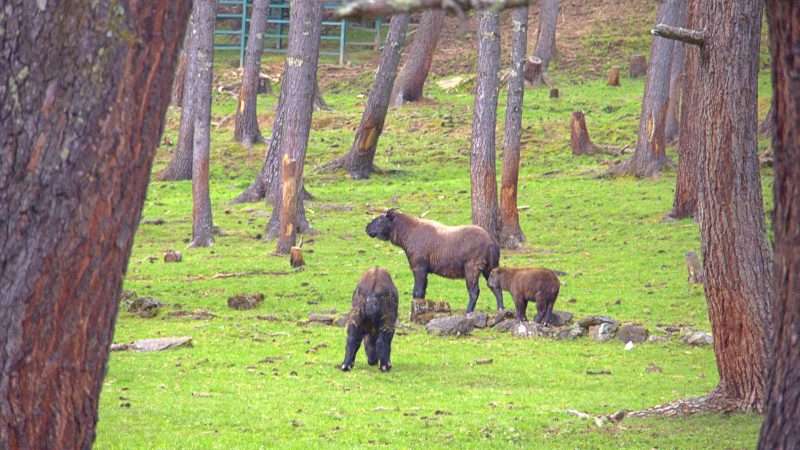
The Mythological Origins of the Takin
When visiting Bhutan, especially through a Bhutan travel agency or guided Bhutan tour, one of the most interesting stories you will hear is the legend of the takin’s creation. This story traces back to the 15th century and involves the charismatic and eccentric saint, Drukpa Kunley. Famous for his unconventional approach to Buddhism, Drukpa Kunley, known as the Divine Madman, used humor, riddles, and unconventional actions to spread his teachings.
According to the most popular legend, during one of Drukpa Kunley’s travels, he was asked by his followers to perform a miracle. In response, he humorously demanded a whole goat and cow for lunch. After eating the meal, he took the bones of the two animals, combined them, and miraculously created a new creature with the head of a goat and the body of a cow. This animal came to life as the takin.
This mythical story of the takin’s creation has cemented its status as a sacred and revered animal in Bhutan. Today, visitors to Bhutan can learn about this fascinating legend while on Bhutan tour packages or during cultural excursions organized by Bhutan tour operators.
The Importance of the Takin in Bhutanese Culture
The takin is more than just an animal in Bhutan—it is a cultural icon and an embodiment of the country’s values and spiritual beliefs. Its close association with Drukpa Kunley, a symbol of irreverence and spiritual wisdom, underscores Bhutan’s unique approach to Buddhism, which often blends serious religious devotion with humor and folklore.
In recognition of its cultural and spiritual significance, the takin was declared Bhutan’s national animal in 1985. It represents not only the country’s reverence for nature but also its commitment to preserving wildlife and natural habitats. This commitment to conservation is evident in Bhutan’s policy of environmental protection, where over 70% of the land is under forest cover, and wildlife protection is prioritized.
For those exploring places to visit in Bhutan, the Motithang Takin Preserve in Thimphu is one of the top spots to see this majestic animal up close. Originally a mini-zoo, the preserve was transformed into a wildlife sanctuary to provide a more natural habitat for the takins. Visitors can observe the takins as they graze peacefully in their lush surroundings while learning about Bhutan’s conservation efforts.
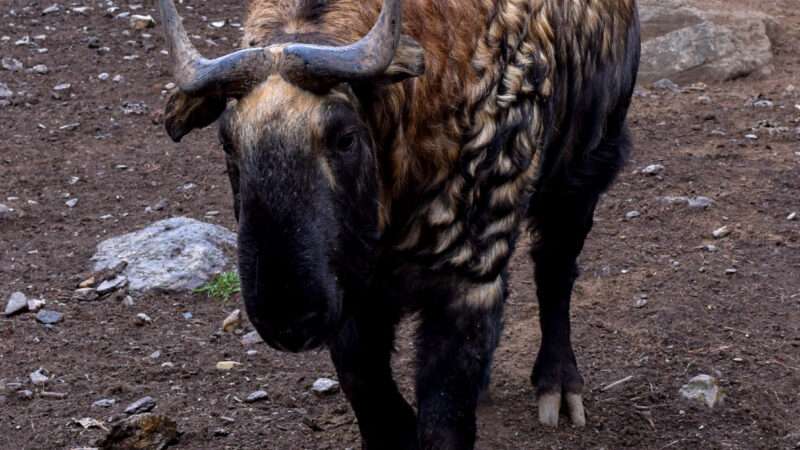
Takin and Its Role in Bhutanese Ecosystems
The takin plays a crucial role in the fragile ecosystems of Bhutan’s high-altitude regions. As herbivores, they graze on leaves, grasses, and shrubs, helping to maintain the balance of vegetation in the alpine meadows and forests they inhabit. Takins are also well-adapted to the harsh environments of the Himalayas, thriving in elevations between 3,000 to 4,500 meters, where they endure extreme temperatures.
For wildlife enthusiasts on a Bhutan tour, spotting a takin in its natural habitat is a rare and rewarding experience. Some of the best places to catch a glimpse of this elusive creature are the high-altitude regions of Jigme Dorji National Park and Sakteng Wildlife Sanctuary, both of which are rich in biodiversity and a must-visit for those interested in Bhutan’s wildlife.
Conservation Efforts and Takin Preservation
Bhutan’s commitment to wildlife conservation has been instrumental in protecting the takin. Although the species is listed as “vulnerable” by the IUCN due to habitat loss and hunting in other parts of its range, Bhutan has taken significant steps to safeguard the takin population. The Motithang Takin Preserve in Thimphu serves as both a sanctuary for the takin and an educational center, raising awareness about the importance of protecting Bhutan’s wildlife.
As part of a Bhutan tour package, visiting the Motithang Takin Preserve provides a unique opportunity to learn more about Bhutan’s wildlife conservation initiatives and its dedication to protecting endangered species. The preserve is also home to other animals, including the Himalayan serow and sambar deer, making it an excellent stop for nature enthusiasts.
Things to See in Bhutan: Takin and Beyond
For visitors interested in exploring Bhutan’s wildlife, including the takin, there are plenty of opportunities to combine cultural exploration with wildlife viewing. Many Bhutan tour operators offer customized packages that include visits to national parks, nature reserves, and wildlife sanctuaries. These packages often include stops at the Motithang Takin Preserve, Jigme Dorji National Park, and Sakteng Wildlife Sanctuary.
However, the takin is just one of the many remarkable things to see in Bhutan. From the famous Tiger’s Nest Monastery to the magnificent Punakha Dzong, Bhutan is full of cultural landmarks and natural wonders that captivate the imagination. Whether you’re trekking through its pristine valleys or learning about its rich spiritual heritage, Bhutan offers a travel experience like no other.
Why Choose a Bhutan Tour Package?
For those planning to see the takin and explore Bhutan’s other attractions, booking a Bhutan tour package is highly recommended. These packages, offered by reputable Bhutan tour operators, ensure that visitors experience the best that the country has to offer, from its vibrant wildlife to its cultural treasures. Tour packages often include guided tours of Bhutan’s national parks, wildlife sanctuaries, and historic sites, providing a comprehensive and immersive experience.
When planning your Bhutan travel, be sure to include the takin on your list of must-see attractions. Whether you’re interested in the mythical stories behind its origin, its role in Bhutanese culture, or the efforts to protect its habitat, the takin stands as a symbol of Bhutan’s unique blend of nature, spirituality, and tradition.
Conclusion
The takin, with its mysterious origins and cultural significance, embodies the essence of Bhutan—a country where nature and spirituality are intertwined. As you embark on your Bhutan travel adventure, make sure to visit the Motithang Takin Preserve and the many other places to visit in Bhutan where this magnificent animal roams. Whether you’re interested in its mythological background or its role in Bhutanese wildlife, the takin is a creature that will undoubtedly leave a lasting impression.
Book your Bhutan tour package today and experience the beauty and mystery of the takin, Bhutan’s national animal.

